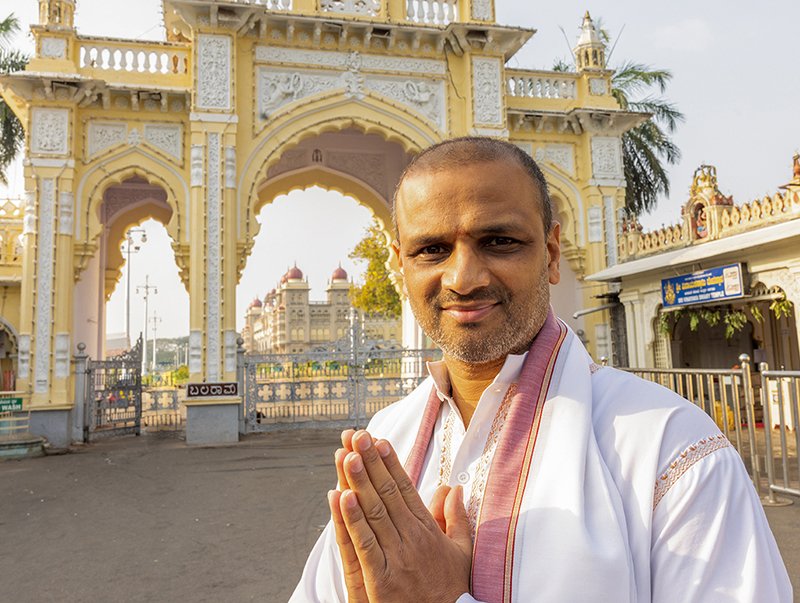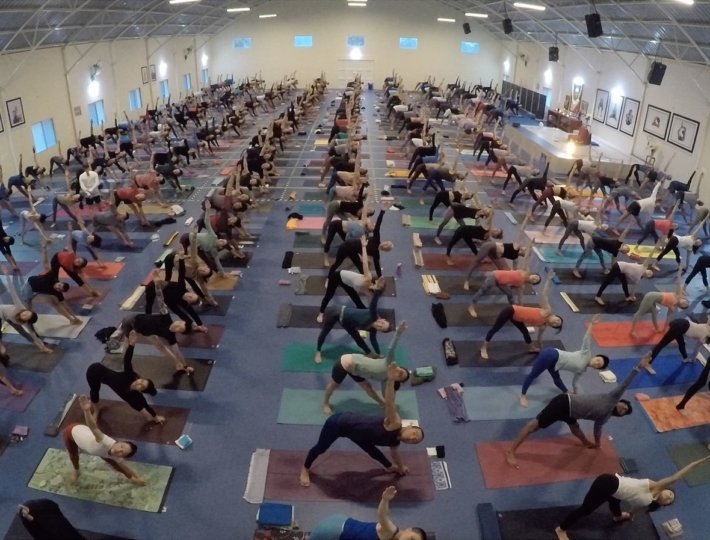The morning after Election Day last November, I woke up devastated. I was on the losing side, which was particularly hard considering I had thought I was going to be on the winning side. My most recent book, Love Hurts, on heartbreak was just launching, and I reflected that I was indeed heartbroken, with all its messy emotions like anger, fear, betrayal, depression, and more. Then I thought how if my group of humans had won and the other group of humans had lost, they would be going through what I was currently feeling. With our country as dualistically polarized as it currently stands, there are no win-wins. A large percentage of our country was destined to feel heartbroken the day after the election, while another large percentage were set to be elated.
Normally, when we experience strong emotions, like these, we tend to do one of three things:
1) We tamp them down and ignore them, hoping they will go away.
2) We distract ourselves from them, reaching for our smartphone, drink, or online shopping portal in the hopes that we can escape.
3) We act out on them in not-so-helpful ways, such as writing scathing emails that we may end up regretting.
Let me be very clear: Having emotions isn’t a bad thing. It’s awesome. When you feel them in their pure sense, they have so much valid communication in there. But when I say “strong emotions,” I am insinuating that sometimes your emotional states get stuck and, thus, become overwhelming.
These stuck emotions are known in Tibetan as klesha, which can be directly translated as “afflictive emotions.” These are the emotions that come up, either on the meditation cushion or in our day-to-day life, that make us feel energetically trapped. It is like when you have a fight with your uncle over our new president and cannot stop replaying the discussion you had in your head, what you could have said differently, or what you will say to prove you are right. While the storyline plays out in your head it is only fueling the underlying emotion of anger or unease. You keep yourself going in this spiral to the point where it feels like you are perpetuating your own negativity.
Related: Why It’s So Hard to Break Through Our Staunch Beliefs
Underneath the storyline is the raw emotion that shouldn’t be ignored. While that may sound challenging, the good news is, the more you can stay with that raw emotion, the less afflictive it becomes. It softens and becomes that much more ephemeral the more you are able to look at it. In essence, you are sinking into your own body and learning to be with what is, not what could be or what used to be. Through becoming inquisitive with the emotional experience we are undercutting its power over us.
In order to learn to not cause harm to yourself or others, you need to train to work with emotions, starting with when they first come up. The key way we meditators work with emotions is quite simple: We stay with them, allowing them to wash over us, like waves. We do not act out on them or suppress them but acknowledge them as potent thoughts that are ultimately pretty damn formless.
To go deeper here, one aspect of working with klesha is noticing that impulse to sate your emotional desires and realizing you don’t necessarily have to go there. For example, when in this political climate, your co-worker starts perpetuating some seriously not-okay stereotypes and you feel anger in response, it might be wise to refrain from acting out and going down your habitual road of being passive-aggressive with that person. See if you can drop into your body in order to find a more skillful way to communicate with this unkind being. This simple act is renunciation, noticing the impulse to act out in a habitual way and then refraining from doing so.
With this sense of renunciation, we are not beating away our emotional content or suppressing it. Instead, you apply the discipline of your meditation practice and simply rest with what is, even if it is a difficult emotional experience. Having done so, your wisdom mind may show you a skillful way to address the situation at hand, communicating in a way that this person might actually hear you and realize the error of their ways. It’s harder to do this than being passive-aggressive, sure, but it’s a heck of a lot more effective when it comes to creating change in the world around us.
This daily way of working with emotions is rooted in the foundational practice of working with them on the meditation cushion. Day by day, practice session by practice session, we learn to work with the energy of an emotion as a transformative experience. We are getting to know our emotional well-being and seeing that whatever arises, be it conventionally a “good” emotion, like love, or a “bad” emotion, like heartbreak, is just a reflection of our own mind.
The practice of working with our emotions shows us that they are not something to run away from or ignore; they are the method for us connecting more deeply to our bodies and our minds. We are learning to stay with emotions with a sense of gentleness and inquisitiveness. Instead of becoming judgmental and thinking that emotions hinder our practice, we can transform our view and make them part of our practice, becoming curious about them so that we learn more about ourselves and taste the wisdom that lies underneath that layer of storyline.
Over the next four years, we will indubitably have a number of opportunities to work with strong, afflictive emotions. Rather than consider this a bad thing, let’s take this time to actually listen. Our emotional content has news we can use. Through learning the valid communication arising from them as we remain embodied, we will find potent ways to be skillful in this new political reality. While we may, at times, feel devastated, we can learn from that devastation and become powerful agents of compassionate action.









Comments (3)